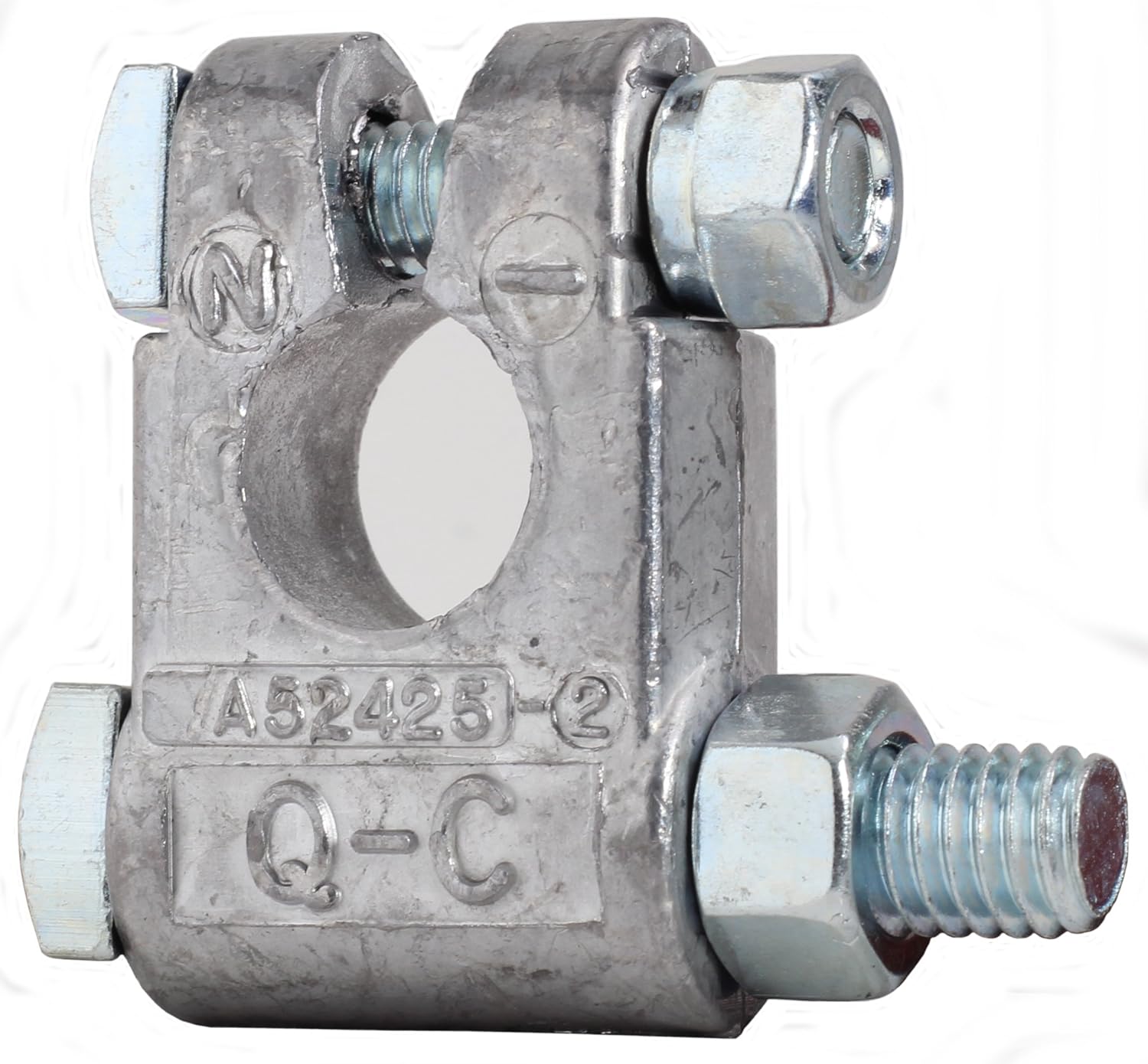bowieknife50
WKR
Got stuck this weekend in deep snow and wasn't a fan of it at all. Luckily I was close to some awesome people I know with a payloader. Got a winch on order now and I'm wondering if I can power it with 1 or 2 gauge jumper cables instead of the double the price wiring kits the winch companies sell? I'm mounting it with a hitch receiver and going to put one on the front as well so I can move it. Going to be (hopefully) rarely used so I was hoping to get by with this setup and keep everything in a tool box out of the weather until I need it. What do you guys think?
Sent from my iPhone using Tapatalk
Sent from my iPhone using Tapatalk


